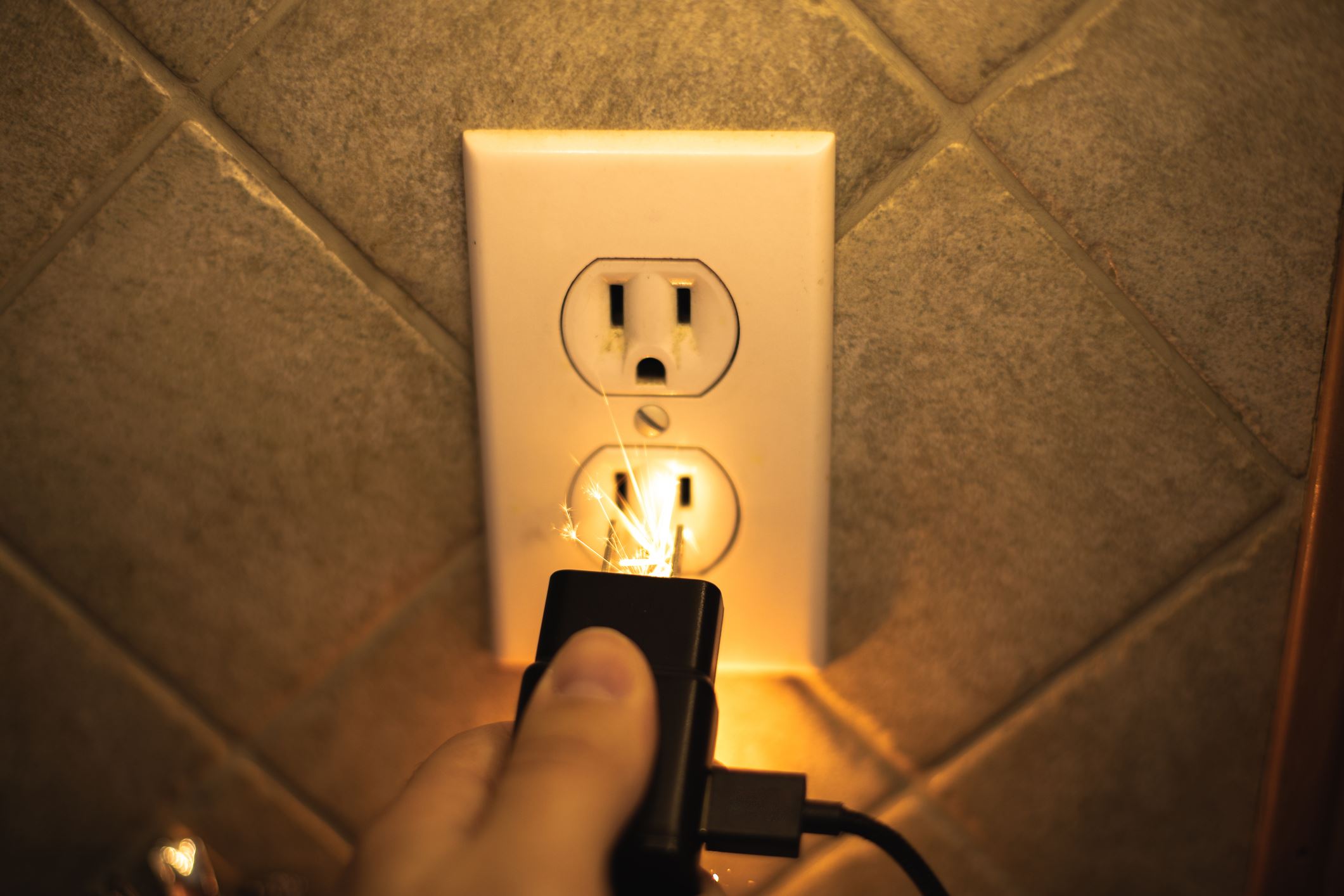

Articles
Why Did My Extension Cord Spark
Modified: August 24, 2024
Discover the reasons behind why your extension cord sparked and learn how to prevent it in this informative article.
(Many of the links in this article redirect to a specific reviewed product. Your purchase of these products through affiliate links helps to generate commission for Storables.com, at no extra cost. Learn more)
Introduction
An extension cord is a convenient and practical solution for providing power to devices and appliances in areas where there are no easily accessible electrical outlets. However, it’s essential to understand that extension cords can pose certain risks if not used or maintained properly. One of the most concerning issues that can occur is when an extension cord sparks.
Seeing sparks coming from an extension cord can be alarming, and it’s natural to wonder why it happens and if it’s something to be worried about. In this article, we will explore the common causes of extension cord sparks and provide useful tips to prevent this issue from occurring.
Key Takeaways:
- Overloading, damaged wiring, loose connections, and power surges are common causes of extension cord sparks. Regular inspection, proper usage, and surge protectors can minimize the risk of sparks and electrical hazards.
- To prevent extension cord sparks, avoid overloading, inspect for damage, use surge protectors, and handle cords with care. Prioritize safety, maintenance, and proper usage to ensure electrical safety.
Read more: Why Did My Hair Dryer Spark
Understanding Extension Cords
Before delving into the causes of extension cord sparks, it’s important to have a basic understanding of how extension cords work. An extension cord is essentially a length of electrical cable with plugs at either end that allow you to connect devices to an electrical source located further away.
Extension cords come in various lengths and sizes, with different amp ratings to accommodate different power requirements. They are typically made up of three wires – a live wire, a neutral wire, and a ground wire – encased in an insulating material to prevent electrical shocks and short circuits.
It’s crucial to use the appropriate extension cord for your specific needs. Using an extension cord that is not rated for the devices you are connecting to it can lead to overheating and increased risk of sparks or even fire. Always check the amp rating and ensure it can handle the wattage of the devices you plan to plug in.
Furthermore, it’s essential to use extension cords as a temporary solution rather than a permanent electrical setup. While they offer convenience in certain situations, they should not be relied upon as a long-term solution for powering devices and appliances.
Common Causes of Extension Cord Sparks
Sparks coming from an extension cord can be caused by a variety of factors. Understanding these common causes can help you identify and rectify the issue before it becomes a serious hazard. Here are some of the primary reasons why extension cords may spark:
- Overloaded Extension Cords: One of the most common causes of sparks is overloading the extension cord. When you connect too many devices or appliances that draw more power than the cord can handle, it can lead to overheating and arcing, resulting in sparks.
- Damage or Frayed Wiring: Extension cords are susceptible to wear and tear, especially when they are constantly bent, twisted, or stepped on. If the cord becomes damaged or has frayed insulation, it can expose the wires and increase the risk of sparks or electrical shocks.
- Loose or Faulty Connections: If the plugs at either end of the extension cord are not securely connected or become loose over time, it can cause arcing and sparks. Loose connections can also generate heat, leading to further damage to the cord or the connected devices.
- Power Surges and Electrical Problems: Sudden power surges or fluctuations in the electrical supply can also create sparks in extension cords. These surges can be caused by faulty wiring, lightning strikes, or issues with the power grid. It’s important to invest in surge protectors to safeguard your devices and extension cords from such electrical disturbances.
It’s important to note that regardless of the cause of the sparks, it’s crucial to address the issue promptly. Ignoring or neglecting the problem can lead to more significant electrical hazards and even fire.
Overloaded Extension Cords
One of the most common causes of sparks from an extension cord is overloading. Overloading occurs when you connect too many devices or appliances that draw more power than the cord can handle. This can lead to overheating, melting of the insulation, and ultimately, sparks or even fire.
It’s important to understand the power rating and capacity of your extension cord. Each extension cord has a maximum ampere rating, which indicates how much electrical current it can safely carry. Exceeding this rating can result in overheating and potential damage to the cord and devices connected to it.
To determine the maximum power that an extension cord can handle, check the cord’s label or documentation. Look for the ampere rating or the wattage capacity. Remember to consider the amperage of the devices or appliances you intend to plug into the extension cord. If the combined amperage exceeds the cord’s rating, it’s an indication that you are overloading the cord.
To avoid overloading an extension cord:
- Limit the number of devices or appliances connected to a single extension cord.
- Avoid daisy-chaining multiple extension cords together, as this increases the risk of overloading.
- Unplug devices or appliances that are not in use to reduce the load on the extension cord.
- Use a higher-rated extension cord if you regularly need to connect power-hungry devices.
If you frequently find yourself relying on extension cords to power multiple devices or appliances, it may be more beneficial to consider installing additional electrical outlets or seeking the assistance of a qualified electrician to reconfigure your electrical setup.
By ensuring that you do not overload your extension cords, you can minimize the risk of sparks and potential damage to your electrical devices and appliances.
Damaged or Frayed Wiring
Another significant cause of sparks in extension cords is damaged or frayed wiring. Extension cords are subject to wear and tear, especially when they are frequently moved or bent. Over time, the insulation covering the wires may become worn or damaged, exposing the wires inside.
Exposed wires pose a significant risk as they can come into contact with each other or with other conductive materials, leading to arcing and sparking. This not only increases the chance of electrical hazards but can also cause damage to the extension cord or connected devices.
Here are some signs that your extension cord may have damaged or frayed wiring:
- Visible cracks, cuts, or fraying in the cable insulation.
- The plug or socket feels loose or makes intermittent connections.
- Sparks or popping sounds when plugging or unplugging devices.
- The cord feels hot or emits a burning smell during use.
If you notice any of these signs, it’s crucial to address the issue immediately to prevent further damage or electrical accidents. Here’s what you should do:
- Stop using the damaged cord: Unplug it from the power source and disconnect all devices or appliances connected to it.
- Inspect the cord: Visualize the entire length of the cord to identify any visible damage or fraying. Pay attention to both the insulation and the plug ends.
- Repair or replace: If the damage is minor and confined to a small area, you may be able to repair it using electrical tape or by splicing and reconnecting the wires. However, it is generally advisable to replace the cord entirely to ensure maximum safety.
Remember, it’s essential to always use extension cords in good condition. Regularly inspect your cords for signs of wear and tear, and replace any damaged cords promptly. By doing so, you can minimize the risk of sparks and potential electrical hazards.
Read more: Why Is My Extension Cord Light Flickering
Loose or Faulty Connections
Loose or faulty connections in an extension cord can also be a common cause of sparks. Over time, the plugs at either end of the cord can become loose due to frequent use, accidental tugging, or improper handling. Loose connections can lead to arcing and sparking, which can be dangerous and potentially result in electrical fires.
Here are a few common situations where loose or faulty connections can occur:
- Improper insertion: Plugging devices into the extension cord with excessive force or at an angle can loosen the connection between the plug and the socket.
- Incompatible plug/socket sizes: Using plugs or sockets that are mismatched in size can create loose connections and increase the risk of sparks.
- Damaged plugs or sockets: If the plugs or sockets of the extension cord are damaged, worn out, or corroded, they may not make a secure connection, leading to sparks and potential hazards.
To prevent sparks caused by loose or faulty connections:
- Ensure proper alignment when plugging devices into the extension cord. Apply gentle and even pressure to create a secure connection.
- Regularly inspect the plugs and sockets for signs of damage or wear. If you notice any issues, replace them promptly.
- Use extension cords with plugs and sockets that are compatible in size to ensure a proper and secure fit.
If you encounter a loose connection, unplug the devices from the extension cord and address the issue immediately. You may need to replace the plug or socket, or in some cases, replace the entire extension cord to ensure safe and reliable usage.
Remember, avoiding loose or faulty connections is crucial to minimize the risk of sparks and electrical accidents. Regular inspections and proper handling of the extension cord can go a long way in ensuring the safety of your electrical setup.
Inspect the extension cord for any visible damage such as fraying or exposed wires. Avoid overloading the cord with too many devices plugged in at once. Unplug the cord if you notice any sparking and replace it if necessary.
Power Surges and Electrical Problems
Power surges and electrical problems can also contribute to sparks in extension cords. A power surge occurs when there is a sudden and brief increase in electrical voltage. This surge of electricity can cause sparks and potentially damage the extension cord and connected devices.
Power surges can be caused by various factors, including lightning strikes, faulty wiring, or problems with the electrical grid. While power surges are typically beyond your control, there are measures you can take to protect your extension cords:
- Invest in surge protectors: Surge protectors are devices designed to absorb and redirect excess voltage, protecting your extension cords and connected devices. Plug your extension cords into surge protectors to safeguard against power surges.
- Disconnect during electrical storms: During severe thunderstorms or if there is a risk of lightning strikes, it is advisable to disconnect your extension cords from the power source. This will help reduce the likelihood of the surge traveling through the cords and causing sparks or damage.
- Address electrical problems promptly: If you notice consistent power surges or other electrical issues in your home or office, it’s important to contact a qualified electrician to investigate and rectify the problem. Electrical problems can pose a serious risk to your extension cords and should not be ignored.
By taking proactive measures to protect your extension cords from power surges and addressing electrical problems promptly, you can minimize the risk of sparks and potential damage to your electrical devices.
It’s important to note that even with surge protectors and diligent prevention measures, it’s crucial to regularly inspect your extension cords for any signs of damage or wear. If you notice any issues, it’s best to replace the cord to ensure optimal safety.
Prevention Tips to Avoid Extension Cord Sparks
Preventing extension cord sparks is essential to maintain the safety of your electrical setup. By following these practical tips, you can significantly reduce the risk of sparks and potential hazards:
- Regular Inspection and Maintenance: Inspect your extension cords regularly for signs of damage, frayed wiring, or loose connections. If you notice any issues, address them immediately by repairing or replacing the cord.
- Proper Usage and Loading of Extension Cords: Use extension cords as a temporary solution rather than a permanent electrical setup. Avoid overloading your extension cords by not exceeding their ampere rating and wattage capacity. Be mindful of the number of devices or appliances you connect to a single extension cord.
- Using Surge Protectors: Protect your extension cords and connected devices from power surges by using surge protectors. Plug your extension cords into surge protectors to absorb and redirect excess voltage.
- Avoid Daisy-Chaining: Do not connect multiple extension cords together in a series (daisy-chaining). This can lead to overloading and increase the risk of sparks. Instead, use a single, higher-rated extension cord when needed.
- Handle with Care: Handle your extension cords with care. Avoid twisting, bending, or pulling them forcefully. Improper handling can lead to damaged wiring, loose connections, and potential sparks.
- Unplug When Not in Use: Unplug your extension cords when they are not in use, especially overnight or when you are away. This reduces the risk of sparks, overheating, and electrical accidents.
- Use Correct Plug and Socket Sizes: Ensure that the plugs and sockets of your extension cords are compatible in size. Mismatched sizes can create loose connections and increase the risk of sparks.
By following these prevention tips, you can enhance the safety and longevity of your extension cords while minimizing the risk of sparks and potential hazards. Remember, it is always better to be proactive and address any issues or concerns with your extension cords promptly.
Regular Inspection and Maintenance
Regular inspection and maintenance of your extension cords are crucial to ensure their safety and reliability. By taking the time to inspect and maintain your cords, you can identify and address any issues before they escalate into more significant problems. Here are some tips for conducting regular inspection and maintenance of your extension cords:
- Visual Inspection: Periodically examine your extension cords for any visible signs of damage, such as cracks, cuts, frayed wires, or missing insulation. Inspect both the cord itself and the plugs at each end. If you detect any damage, it’s essential to address it immediately by repairing or replacing the cord.
- Check for Loose Connections: Ensure that the plugs at either end of the cord are securely connected. Loose connections can lead to arcing and sparks. Give each plug a gentle tug to ensure a snug fit. If you notice any loose connections, it may be necessary to replace the plug or socket.
- Test for Continuity: Use a continuity tester or a multimeter to check the continuity of the wires. This will help you identify any breaks or interruptions in the wiring that could cause sparks or electrical issues. If you find any faults, it’s recommended to replace the cord.
- Cleanliness: Keep your extension cords clean from dirt, dust, and debris. Accumulation of grime can interfere with the electrical connections and lead to sparking. Wipe down the cords regularly using a soft cloth or mild cleaning solution, ensuring they are dry before use.
- Proper Storage: When not in use, store your extension cords properly. Avoid tightly coiling or bending them, as this can cause damage to the internal wiring. Instead, consider using cord organizers or reels to keep them neatly stored and untangled.
- Replace Old or Damaged Cords: It’s essential to understand that extension cords have a limited lifespan. If you have cords that are old, worn out, or have been subject to excessive wear and tear, it’s best to replace them entirely. Using outdated or damaged cords can increase the risk of sparks and electrical hazards.
By incorporating these inspection and maintenance practices into your routine, you can ensure that your extension cords are safe and reliable. Regularly checking for damage, loose connections, and maintaining cleanliness will go a long way in minimizing the risk of sparks and potential electrical accidents.
Proper Usage and Loading of Extension Cords
Using extension cords correctly and understanding their load capacity is essential for preventing sparks and maintaining electrical safety. Here are some guidelines to ensure proper usage and loading of extension cords:
- Choose the Right Cord: Select an extension cord that is appropriate for the electrical devices or appliances you intend to connect. Consider the wattage requirements of the devices and ensure the cord’s ampere rating (listed on the label or documentation) can handle the load.
- Avoid Overloading: Do not connect more devices or appliances to an extension cord than it is designed to handle. Overloading can cause overheating, leading to sparks or even fire. Avoid using extension cords for high-powered appliances like heating devices or air conditioners.
- One Device per Outlet: Connect only one electrical device or appliance to each outlet on the extension cord. Plugging in multiple devices can increase the load and pose a risk of overloading.
- Don’t Daisy Chain: Avoid daisy-chaining multiple extension cords together in a series. This practice can lead to an excessive load and dangerous overheating. Instead, use a single, appropriately-rated extension cord that reaches your intended destination.
- Unplug Unused Devices: When not in use, unplug devices or appliances from the extension cord. This not only helps conserve energy but also reduces the strain on the cord and minimizes the risk of sparks or electrical hazards.
- Avoid Tangles and Knots: Do not tightly coil or knot the extension cord during use or storage. These actions can cause the internal wires to bend, fray, or break, increasing the likelihood of sparks and electrical issues.
- Position Cords Safely: Make sure the extension cord is positioned away from high-traffic areas, sharp objects, or where it could be damaged. Avoid running cords under rugs, carpets, or furniture, as this can cause overheating and increase the risk of sparks.
Always prioritize safety when using extension cords. Familiarize yourself with the cord’s load capacity, avoid overloading, and practice proper usage and positioning. By following these guidelines, you can minimize the risk of sparks and ensure the safe operation of your electrical devices and appliances.
Using Surge Protectors
Surge protectors are invaluable devices for protecting your extension cords and connected devices from power surges and electrical spikes. They act as a barrier between your electrical equipment and sudden voltage fluctuations, diverting excess electrical energy away from the devices. Here’s how to effectively use surge protectors:
- Choose High-Quality Surge Protectors: Select surge protectors from reputable brands that meet safety standards. Look for surge protectors that offer adequate joule ratings, indicating their capacity to absorb energy during power surges.
- Pay Attention to the Surge Protector’s Capacity: Ensure that the surge protector can handle the total power demands of the devices you will be plugging into it. Check the wattage and ampere requirements of the devices and make sure they fall within the surge protector’s capacity.
- Consider Type and Number of Outlets: Determine the number of outlets you need for your devices and choose a surge protector with sufficient outlets to accommodate them. Consider the types of plugs your devices require (standard, USB, etc.) and make sure the surge protector has the appropriate outlets.
- Connect the Surge Protector Correctly: Plug the surge protector directly into a grounded electrical outlet. Do not use an extension cord or another surge protector in between, as this can compromise the effectiveness of the surge protection.
- Organize and Position Cords: Keep the cords connected to the surge protector neat and organized. Avoid tangled or tightly coiled cords that can restrict airflow and cause overheating. Position the surge protector in a well-ventilated area and keep it away from flammable materials.
- Regularly Inspect Surge Protectors: Periodically inspect your surge protectors for any signs of damage, such as frayed wires or broken plugs. If you notice any issues, replace the surge protector immediately to maintain optimal protection.
- Update Surge Protectors Regularly: Surge protectors have a finite lifespan and their protective capabilities can diminish over time. It is recommended to replace surge protectors every 2 to 3 years, or as advised by the manufacturer, to ensure continuous protection.
By using surge protectors correctly and maintaining them properly, you can significantly reduce the risk of sparks and protect your electronics from power surges. Remember to invest in high-quality surge protectors and follow the manufacturer”s instructions for maximum effectiveness.
Conclusion
Understanding the common causes of extension cord sparks and taking preventative measures is essential for ensuring safety and minimizing the risk of electrical hazards. Overloaded extension cords, damaged or frayed wiring, loose connections, power surges, and electrical problems are all factors that can lead to sparks. By following some simple guidelines, you can reduce the likelihood of sparks and maintain a secure electrical setup.
Regular inspection and maintenance of your extension cords are crucial to identify any signs of damage, frayed wiring, or loose connections. Promptly addressing these issues by repairing or replacing the cords will help prevent sparks and potential hazards.
Proper usage and loading of extension cords are equally important. Avoid overloading extension cords, daisy-chaining multiple cords together, and using the wrong plug/socket sizes. Additionally, using surge protectors can help safeguard your extension cords and connected devices from power surges.
Lastly, remember to practice caution and handle extension cords with care. Unplug unused devices, store cords properly, and position them in safe areas to avoid damage and overheating.
By implementing these prevention tips and adopting safe practices when using extension cords, you can significantly reduce the risk of sparks and electrical accidents. Prioritize regular inspection, proper usage, and maintenance to ensure the longevity and safety of your extension cords, as well as the devices they power.
Always remember that if you have any serious concerns or issues regarding extension cords or electrical safety, it’s best to consult a certified electrician for professional assistance.
Curious about tackling more DIY projects or enhancing your workshop? Mastering the use of power tools is essential for any home improvement enthusiast. From drills to saws, understanding which devices offer the best performance and value can transform how you approach each project. Ready to upgrade your toolkit but unsure where to start? Our next read offers insights into selecting the right equipment for any task at hand.
Frequently Asked Questions about Why Did My Extension Cord Spark
Was this page helpful?
At Storables.com, we guarantee accurate and reliable information. Our content, validated by Expert Board Contributors, is crafted following stringent Editorial Policies. We're committed to providing you with well-researched, expert-backed insights for all your informational needs.

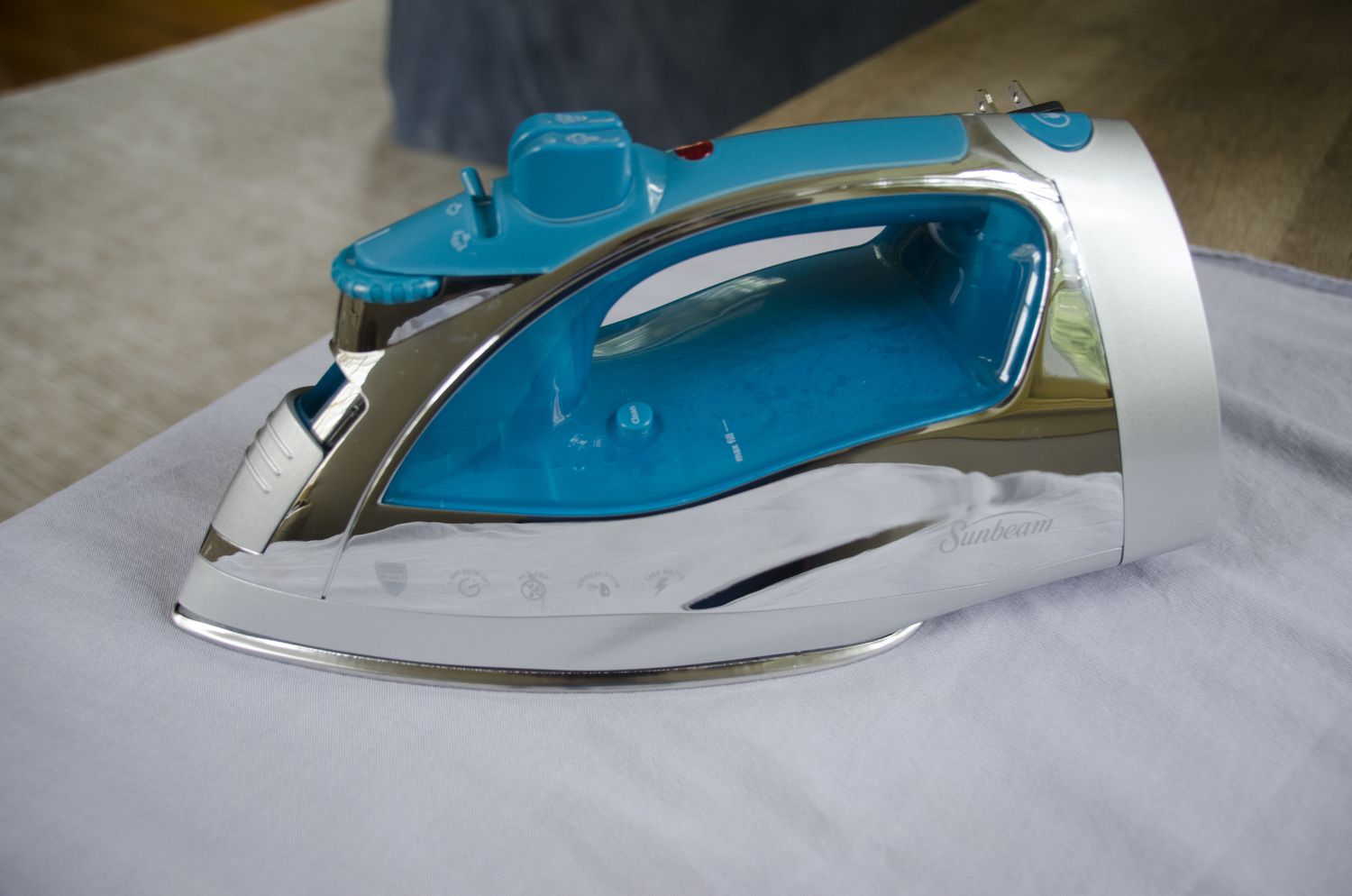
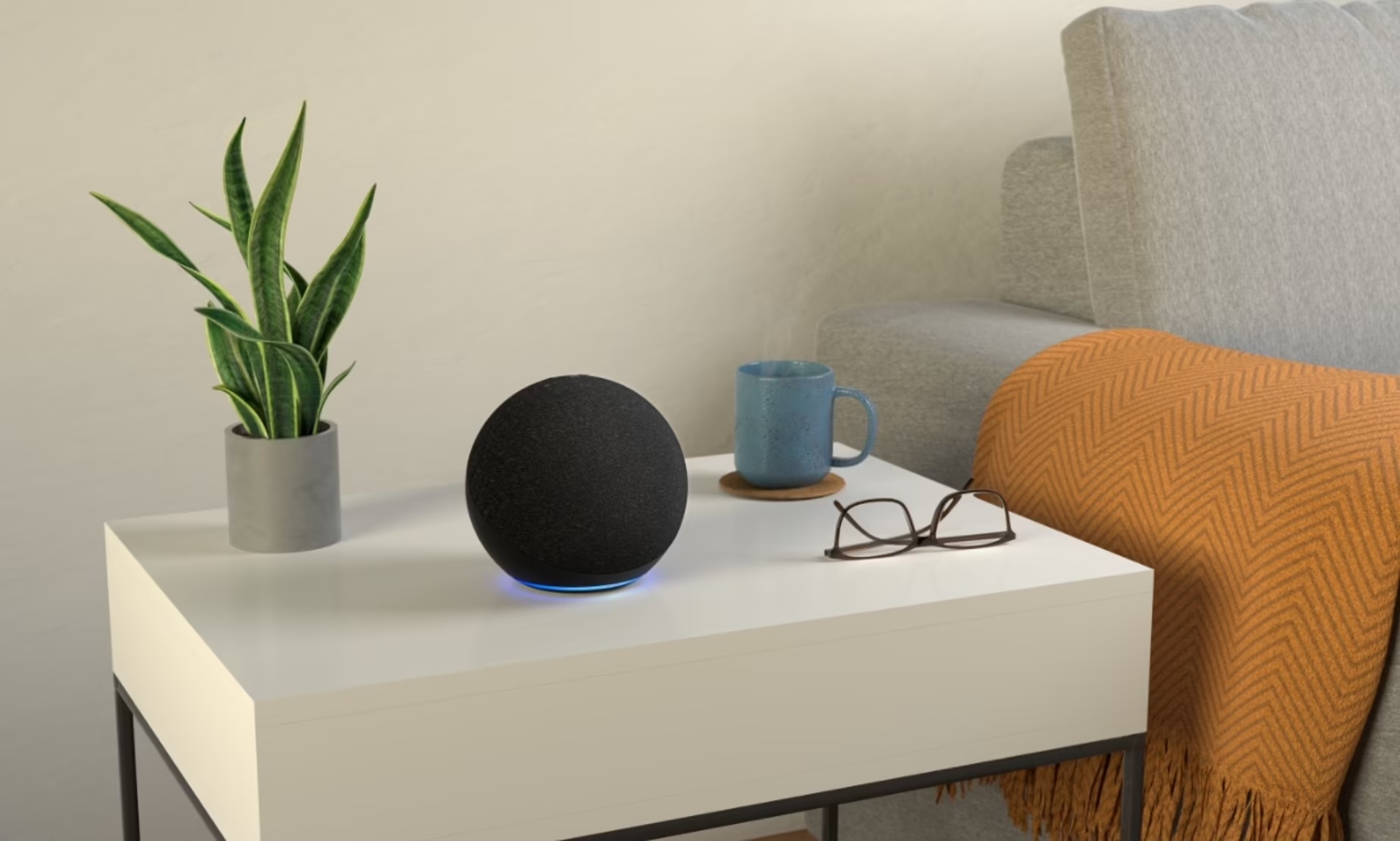
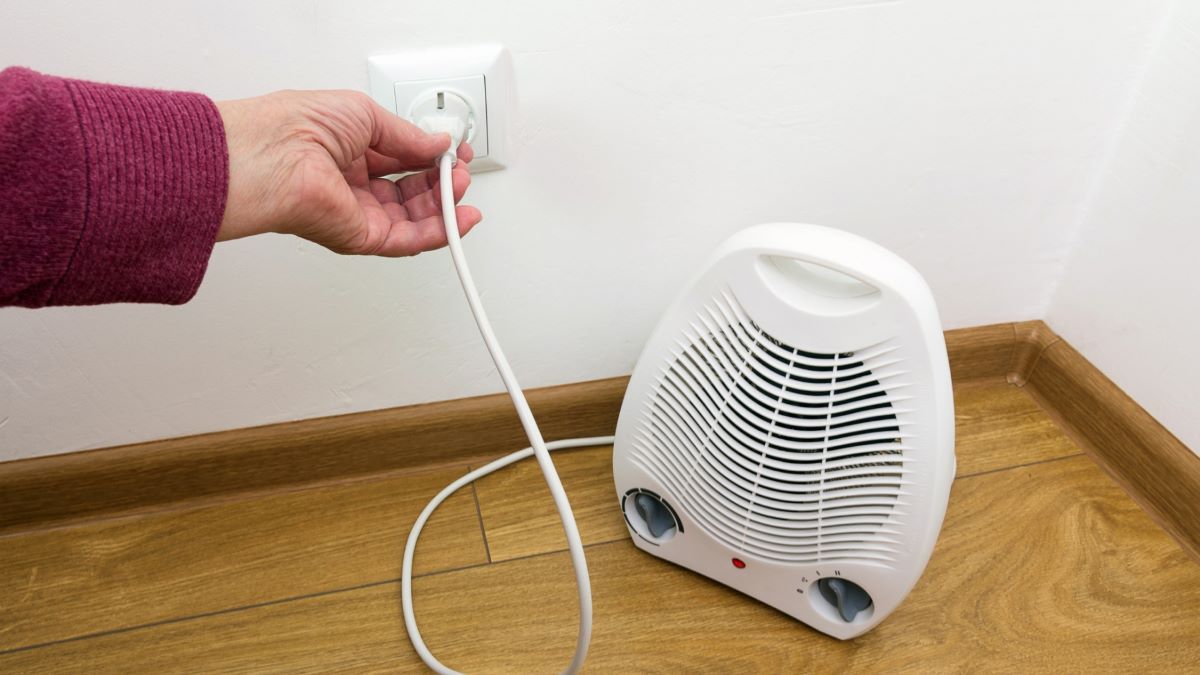

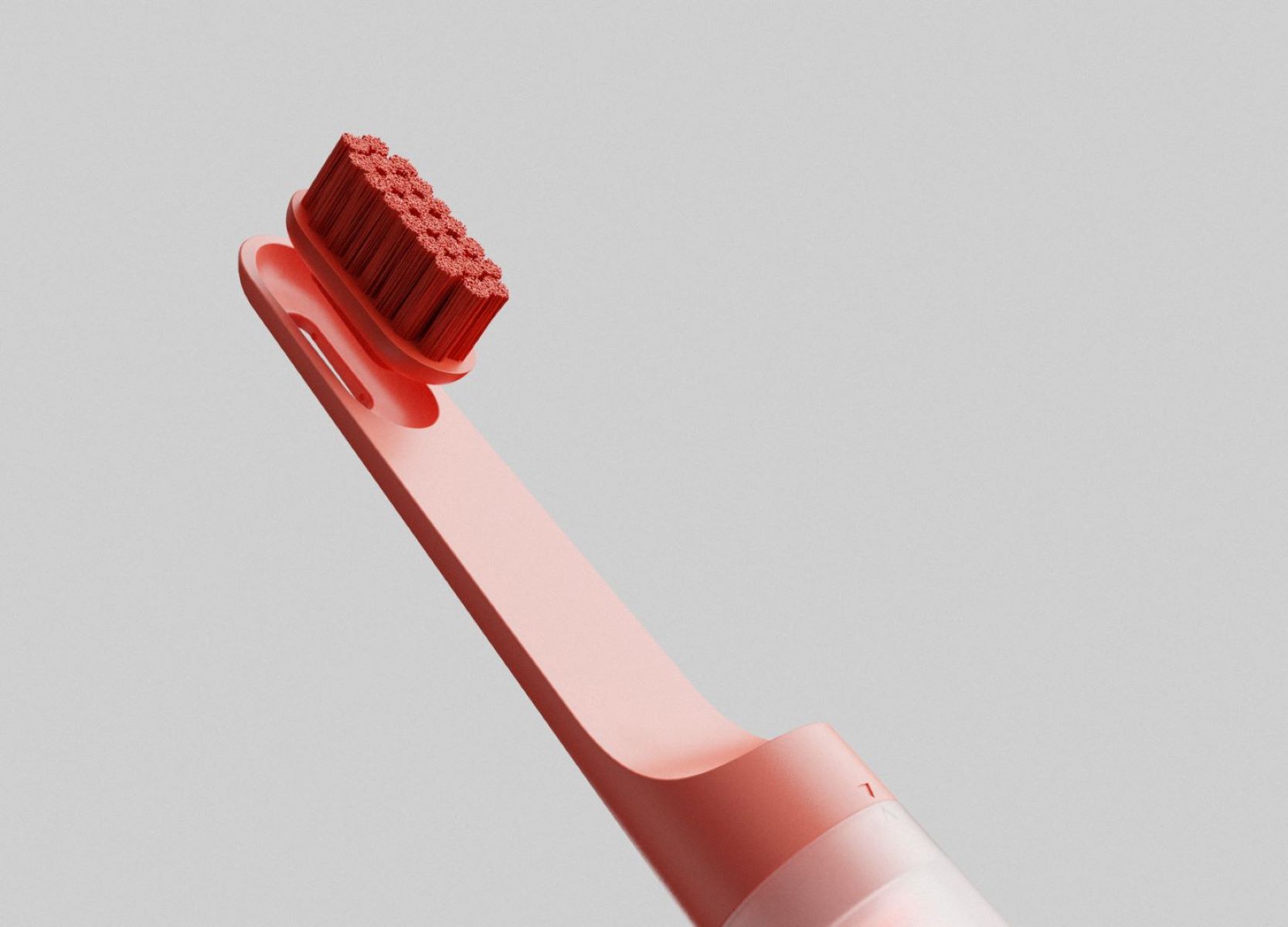
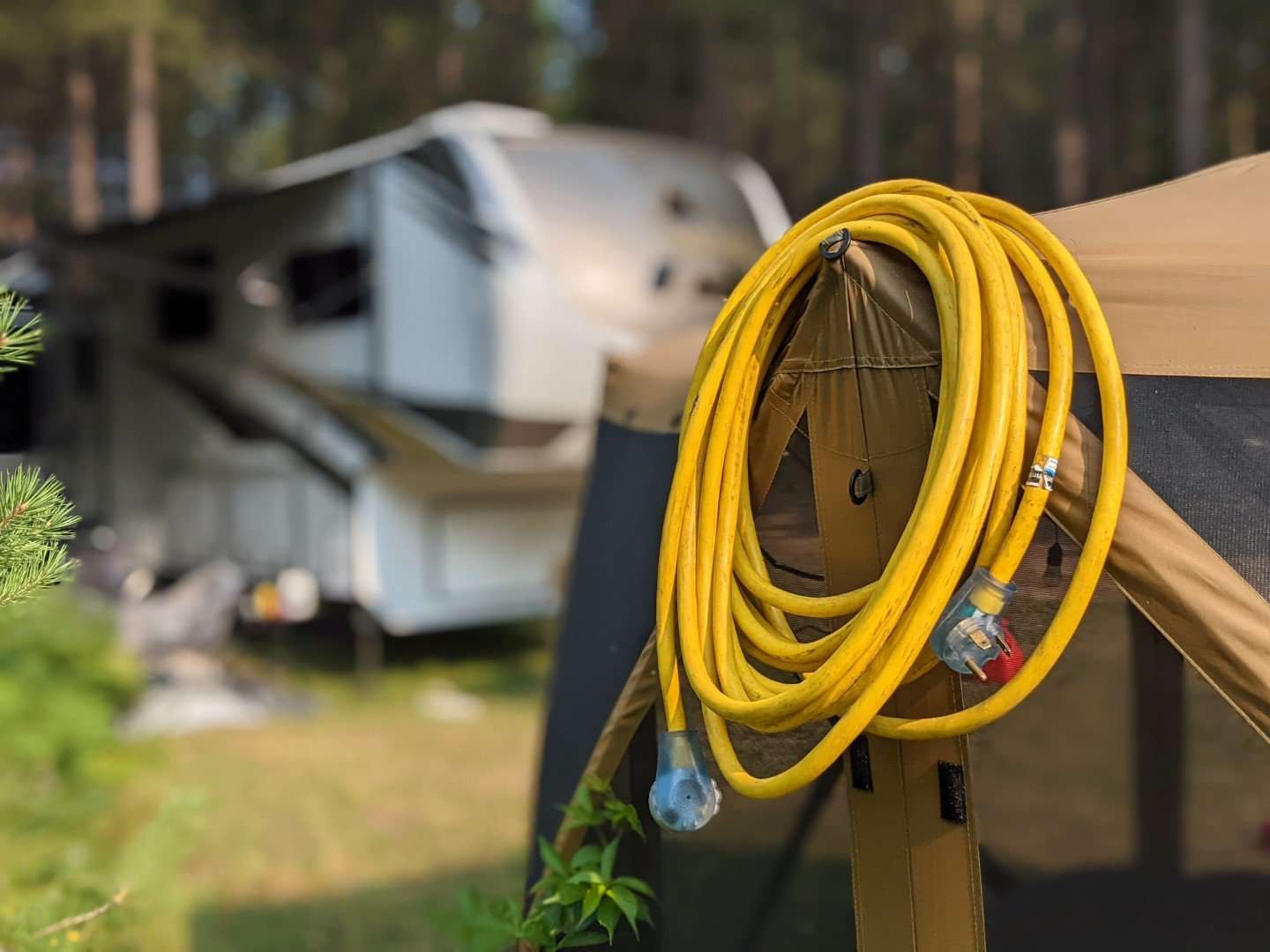
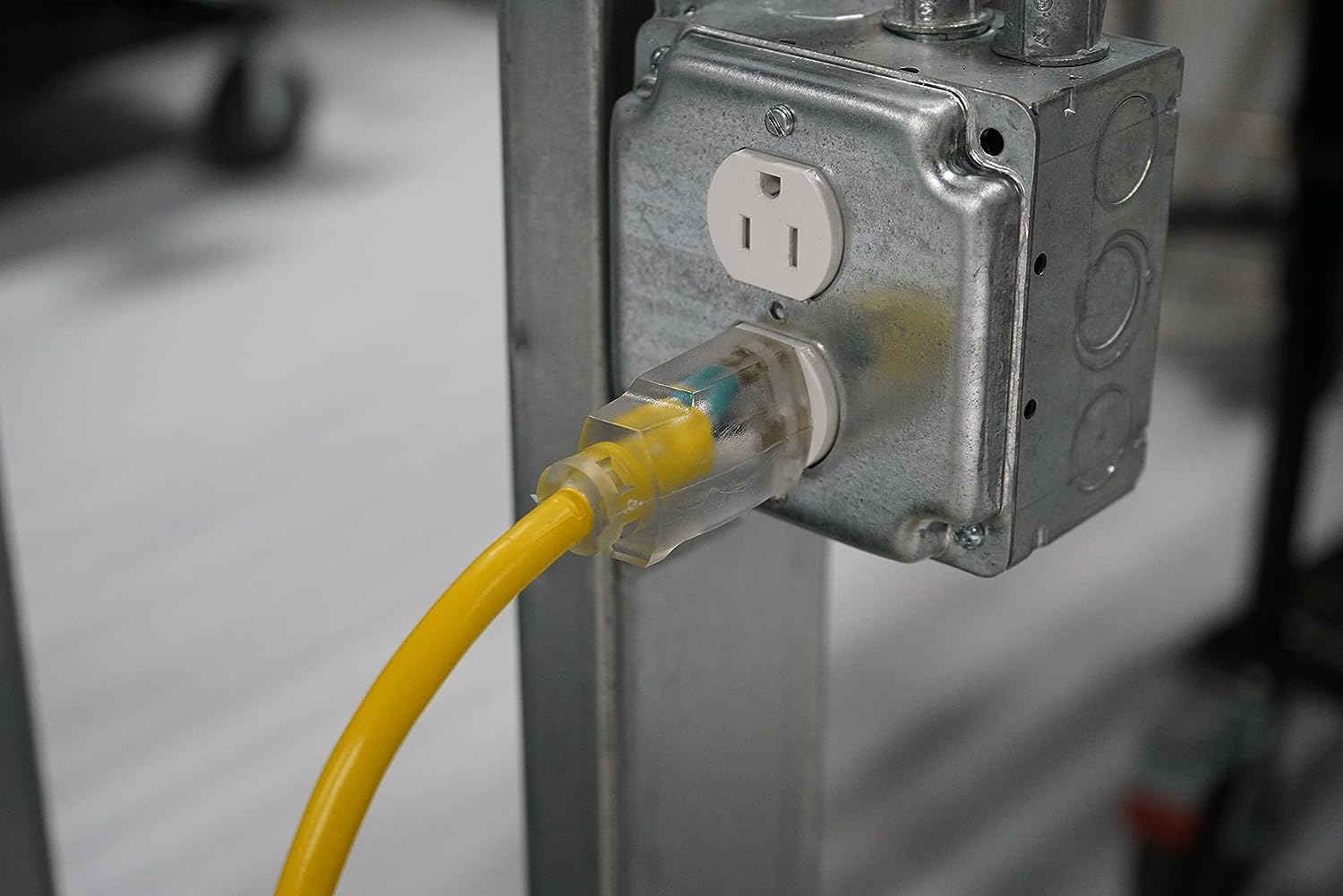

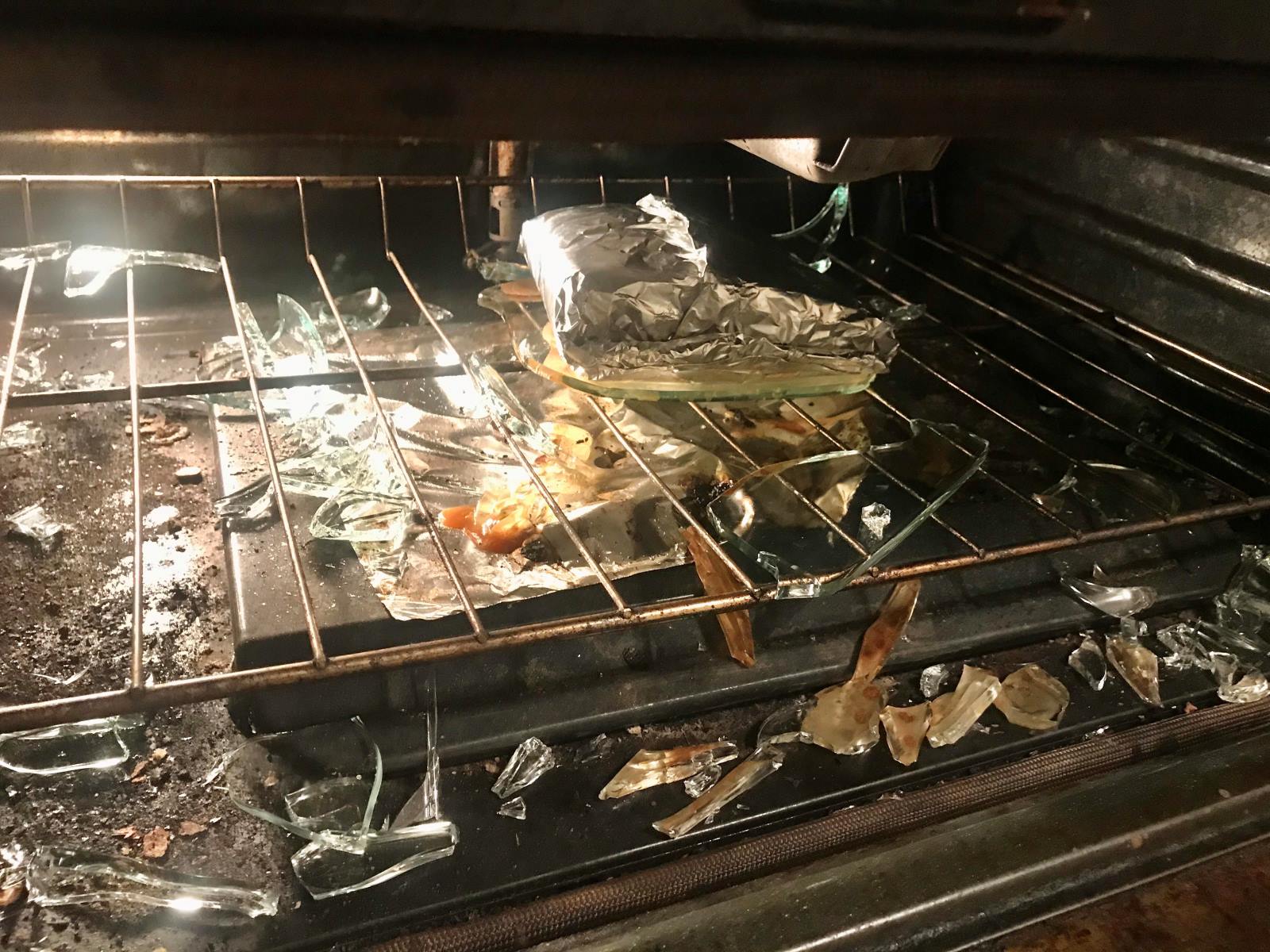


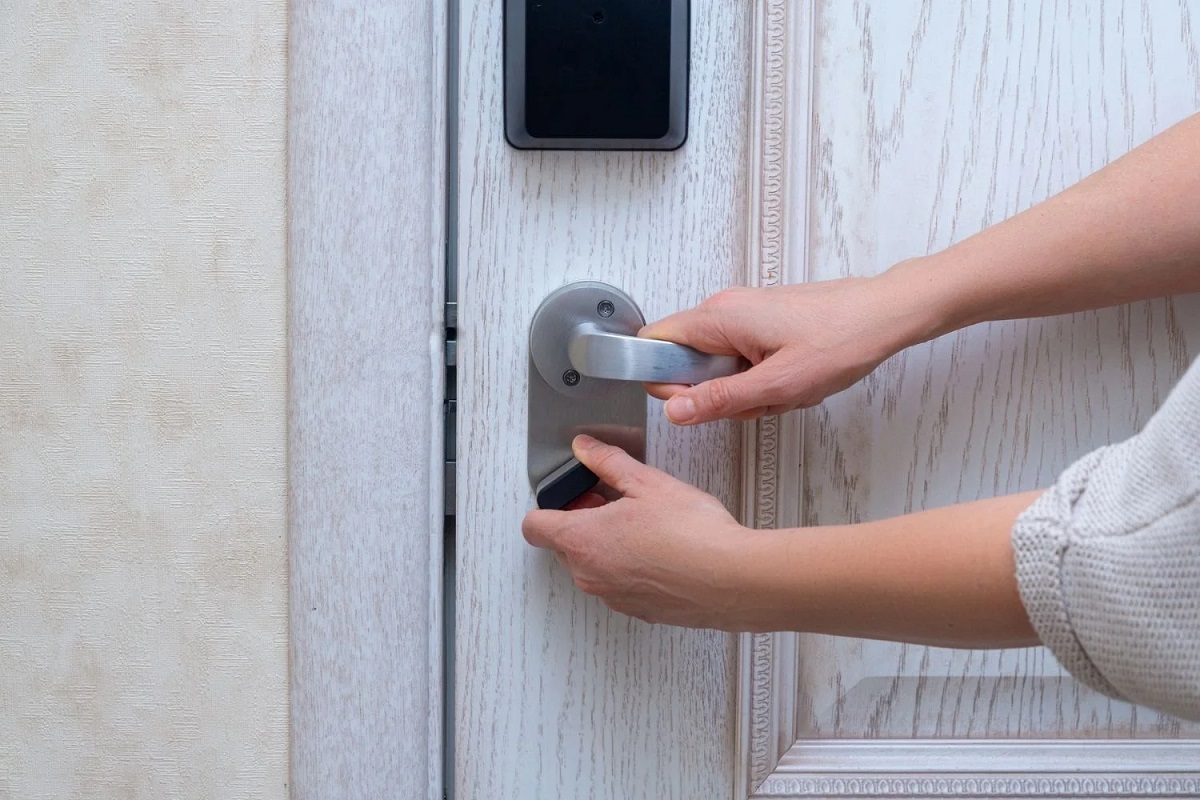

0 thoughts on “Why Did My Extension Cord Spark”